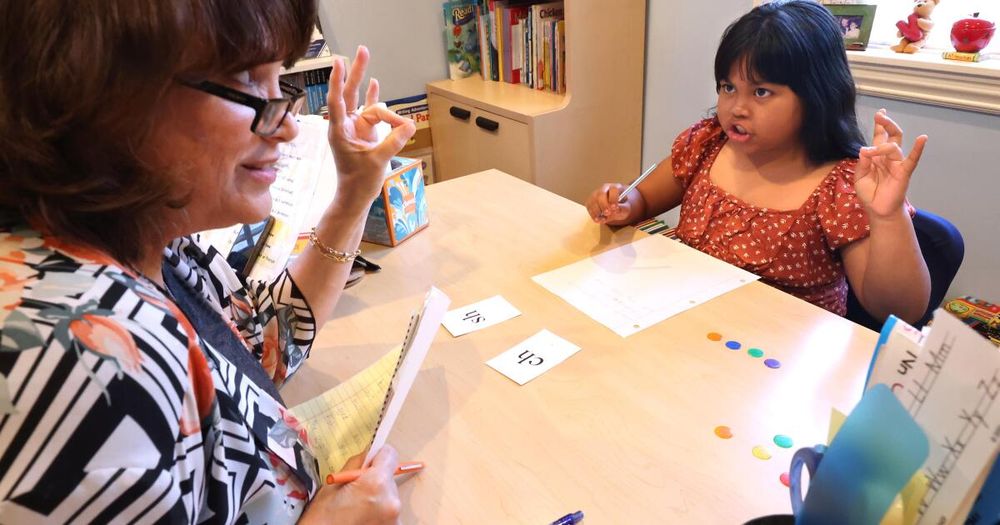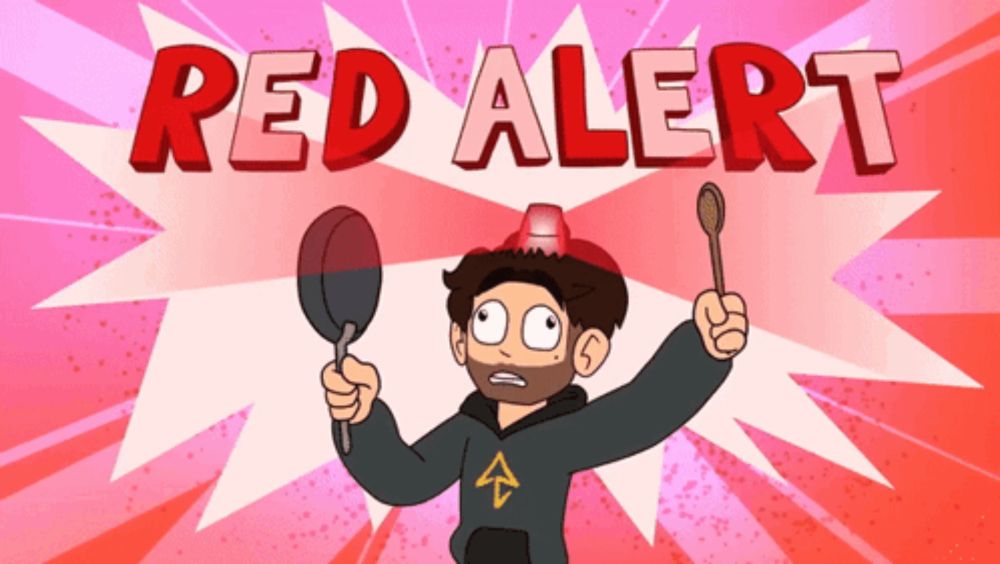
Zoom: You were saying...?

Zoom: You were saying...?


Hopefully I make it to Calgary in one piece…!
Hopefully I make it to Calgary in one piece…!
Mistakes are a failure of systems, not people. In a working system, making a mistake is normal, but inconsequential. 🧵

Main Link | Mediagazer Permalink


It is very good news.
You'll just have to read it, I'm afraid.
jamesclaims.substack.com/p/introducin...

Picture this: You're a researcher who has spent years developing a grant proposal, gone through layers of expert review, and received National Science Foundation (NSF) approval. Then some kid barely out of college…
Picture this: You're a researcher who has spent years developing a grant proposal, gone through layers of expert review, and received National Science Foundation (NSF) approval. Then some kid barely out of college…
This has nothing to do with improving science. They're using legitImate criticism from within science to (ironically) decrease the credibility of science. They then have no obligation to listen to scientists.
www.whitehouse.gov/presidential...

This has nothing to do with improving science. They're using legitImate criticism from within science to (ironically) decrease the credibility of science. They then have no obligation to listen to scientists.
![An email with some names redacted. Subject line: “Shower us with your precious article”. Body: “Hi [redacted], To support [redacted], we kindly request you to submit your article within the next 24 hours. Your prompt submission will also contribute to my ranking this month.”](https://cdn.bsky.app/img/feed_thumbnail/plain/did:plc:i3sq6zfcvzshxha3w3bifzzu/bafkreigx42i5zdspor3s5ou5yisygf5bazubkz7utg62rvhsaryxjoxdl4@jpeg)

We received a heads up from a trusted source that you should proactively download/print/screen shot any documentation on research.gov pertaining to your NSF awards, both those that are current and any that have closed in the last 5-6 years.
1/n

We received a heads up from a trusted source that you should proactively download/print/screen shot any documentation on research.gov pertaining to your NSF awards, both those that are current and any that have closed in the last 5-6 years.
1/n


